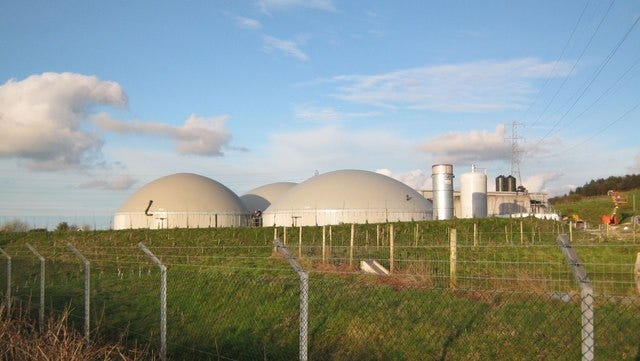Portable Biogas Plants for Home: Revolutionizing Waste Management and Energy Production

Introduction
As the world grapples with the challenges of waste management and sustainable energy, innovative solutions are more critical than ever. One such solution is the portable biogas plant for home use. These compact systems not only help reduce household waste but also provide a renewable source of energy. This article explores the benefits, functionality, and considerations for installing a portable biogas plant at home.
What is a Portable Biogas Plant?
A portable biogas plant is a small-scale, self-contained system designed to convert organic waste into biogas and organic fertilizer through anaerobic digestion. These plants are compact enough to be used in homes, making them an accessible and practical option for urban and rural households alike.
How Does It Work?
The process of generating biogas involves several key steps:
- Collection of Organic Waste: Kitchen scraps, vegetable peels, fruit waste, and even animal manure are collected and fed into the biogas plant.
- Anaerobic Digestion: In the absence of oxygen, microorganisms break down the organic material in a digester, producing biogas (a mixture of methane and carbon dioxide) and a nutrient-rich slurry.
- Biogas Storage: The generated biogas is collected in a gas holder or a balloon attached to the digester.
- Energy Use: The stored biogas can be used for cooking, heating, or even electricity generation.
- Fertilizer: The by-product, a slurry rich in nutrients, can be used as an organic fertilizer for gardening and farming.
Benefits of a Portable Biogas Plant
- Waste Reduction: These plants help manage household waste efficiently, reducing the amount of waste that ends up in landfills.
- Renewable Energy: Biogas is a clean, renewable source of energy that can replace traditional fossil fuels for cooking and heating.
- Cost Savings: By generating their own energy, households can save on energy bills. Additionally, the organic fertilizer produced can reduce the need for chemical fertilizers.
- Environmental Impact: Using biogas reduces greenhouse gas emissions from organic waste decomposition and decreases reliance on non-renewable energy sources.
- Self-Sufficiency: Homeowners gain a degree of energy independence, which can be particularly beneficial in areas with unreliable energy supplies.
Considerations for Installing a Portable Biogas Plant
- Space Requirements: Ensure there is adequate space for the biogas plant, including the digester, gas holder, and slurry storage.
- Initial Investment: While the long-term savings are significant, the initial cost of purchasing and installing a portable biogas plant can be substantial.
- Maintenance: Regular maintenance is required to ensure efficient operation. This includes feeding the digester, monitoring gas production, and handling the slurry.
- Waste Input: Consistent input of organic waste is necessary to maintain biogas production. Households need to evaluate if their daily waste generation is sufficient.
- Local Regulations: Check for any local regulations or guidelines regarding the installation and operation of biogas plants.
Popular Models and Brands
Several companies have developed user-friendly portable biogas plants for home use. Some popular models include:
- HomeBiogas: Known for its easy installation and user-friendly design, HomeBiogas systems are widely used in both urban and rural settings.
- Sistema.bio: This company offers durable and efficient biogas systems, catering to various household sizes and needs.
- EcoFlo: EcoFlo provides compact and affordable biogas solutions, ideal for small households and urban environments.

Conclusion
The adoption of portable biogas plants for home use represents a significant step towards sustainable living. By converting organic waste into valuable energy and fertilizer, these systems not only address waste management challenges but also promote renewable energy use. As awareness and technology continue to improve, portable biogas plants are poised to become a staple in eco-friendly homes worldwide. Investing in such a system is an investment in a greener, more sustainable future.

Comments
Post a Comment